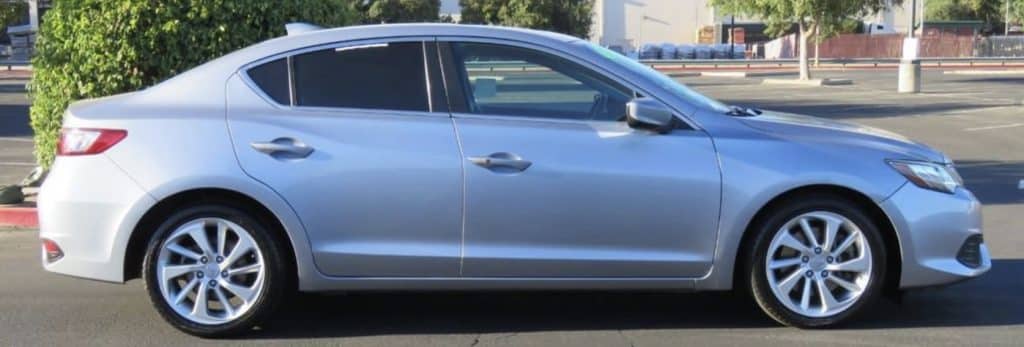If your Acura ILX has a soft brake pedal, it is a sign of a serious brake system issue. It’s usually caused by air entering the system in some way through a leak.
This article covers the six most common causes of a soft brake pedal as well as a solid diagnostic order if you want to attempt to repair your ILX’s braking system.
If you are pressing your car’s brake pedal down and the brake warning light comes on, do not drive your vehicle. The brake light coming on means the system pressure is dangerously low, and the brakes are not working properly.
How the Braking System Works
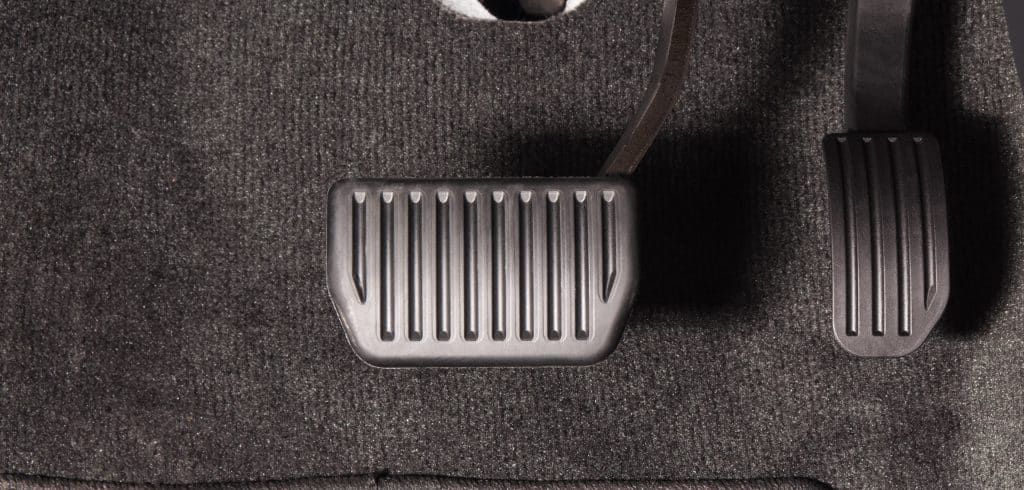
Here are the main parts of the Acura ILX’s braking system.
- Disk Brakes– A caliper squeezes brake pads into a rotor. You’ll always find them on the front wheels, and sometimes they’ll be on the rear. It depends on your ILX’s model year and equipped options if it’ll have four-wheel discs or drums in the back.
- Brake Pedal– Used to engage the brakes. It pushes a rod into your car’s master cylinder/power booster.
- Master Cylinder– Converts brake pedal pressure into hydraulic pressure.
- Power Booster- Assists the master cylinder by using the engine vacuum to decrease pedal effort.
- Rubber Brake Lines– Connect calipers to hard brake lines.
- Hard Brake Lines– Connect the master cylinder to all four corners of your ILX.
- Wheel Cylinder (drum brakes only)– Pushes the shoes into the drum.
- ABS Module– Decreases pressure on a brake when a wheel is getting ready to lock up.
Acura ILX Soft Pedal Causes
When the brake pedal is soft, it’s most commonly due to air in the brake lines. When you pump your Acura ILX’s brake pedal, does it sound and feel normal, or does it make a squeaking noise? That squeak is air trapped in the braking system.
1. Rubber Line Failure
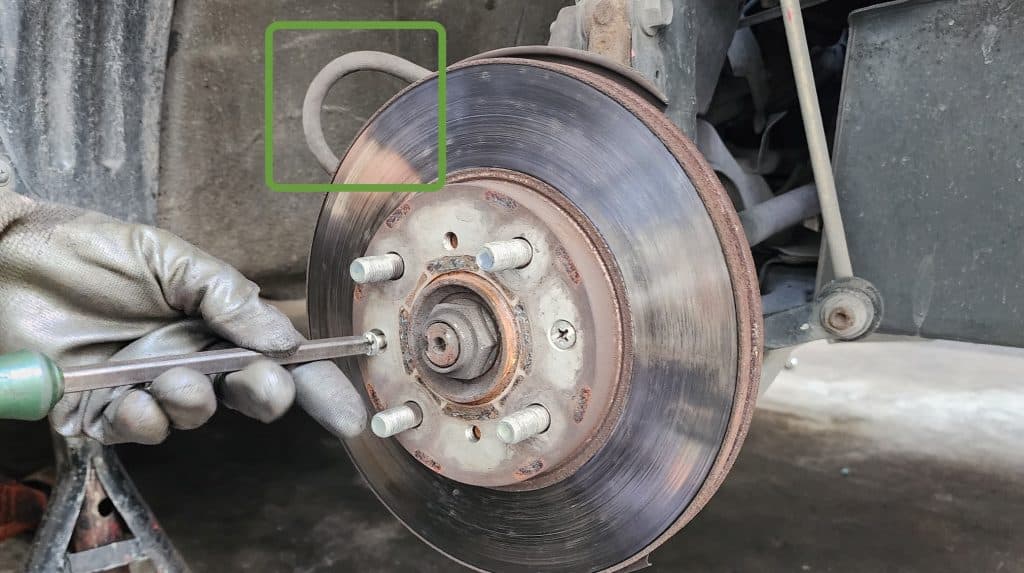
Rubber lines are responsible for connecting the hard lines to the disk brake calipers. When your Acura ILX’s brake lines fail, they’ll expand like a balloon, absorbing the hydraulic brake pressure instead of sending it to the calipers. Or, they’ll crack and leak as they age.
Rubber brake lines can also leak, causing air to enter the system. In such cases, it is necessary to replace these lines with new ones in order to restore full braking power.
2. Low Brake Fluid
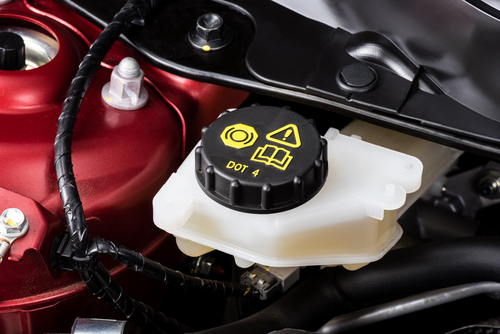
Low brake fluid can cause a soft brake pedal. The master cylinder holds enough fluid to ensure proper operation of your brakes, with extra held in the reservoir.
It’s important to regularly check your ILX’s brake fluid level from time to time. The brake fluid cap should tell you what type of fluid the vehicle takes. If it doesn’t, check the owner’s manual. The common types are DOT 3 or DOT 4.
If your Toyoat ILX’s brake fluid is low, it has to be leaking from somewhere. Look under where you normally park the vehicle for where the brake fluid is dropping. If it gets too low, the brake pedal will go the floor.
3. Brake Fluid Leak
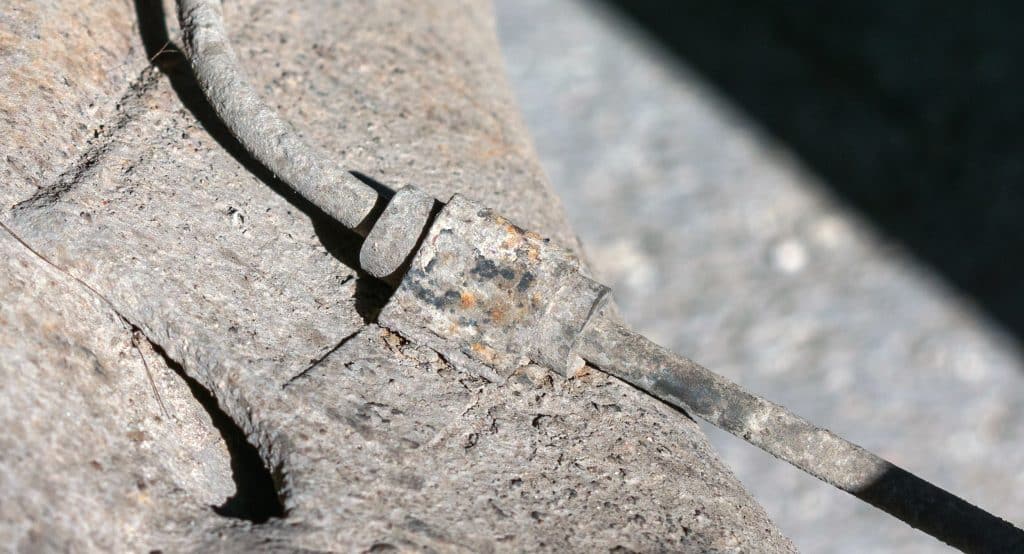
A third potential cause of a soft brake pedal in the Acura ILX could be a leak somewhere in the brake system itself. Leaks can happen anywhere along the lines between the master cylinder and brakes. If brake fluid is leaking out, then air is entering the system.
Air compresses when you push the brake pedal in, which decreases brake system performance.
Brake fluid can leak from anywhere in your ILX’s brake system. Salty conditions can cause brake lines to corrode and fail.
Other common leak locations are the calipers, wheel cylinders, or where the brake lines bolt/connect to other parts of the braking system. A bad caliper will often wear the brake pads unevenly.
Look under your car anywhere there are metal-on-metal contact points such as wheel cylinders or calipers for leaking brake fluid.
4. Master Cylinder
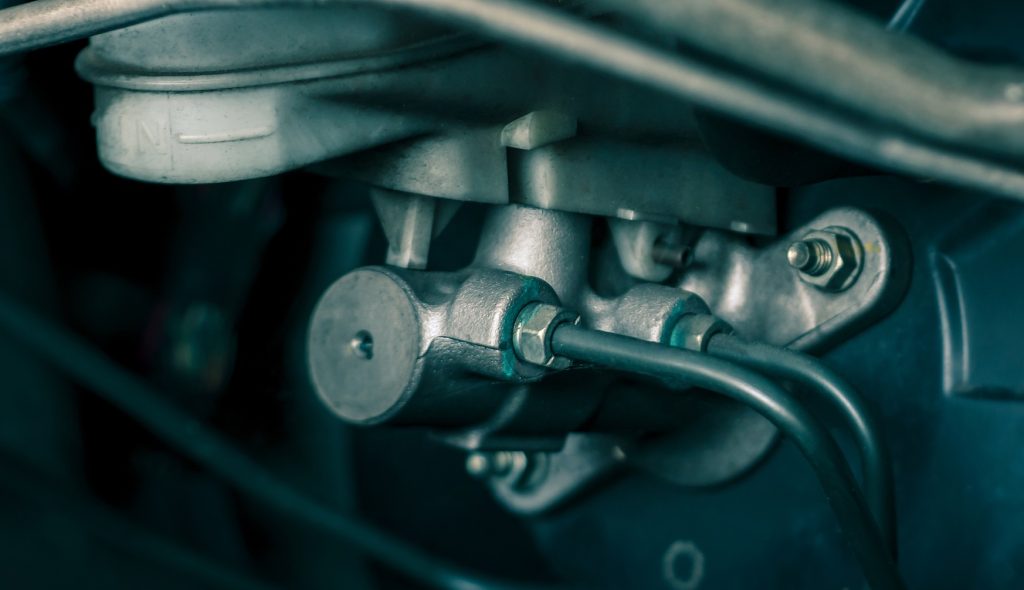
The Acura ILX’s master cylinder pressurizes the brake system when you press the brake pedal. It can leak internally from a damaged piston, or it can have an external leak.
If it’s leaking internally, you’re not going to see any fluid coming from it. An external leak is usually pretty easy to see.
5. Brake Shoe Adjustment (Drum Brakes Only)
If your ILX’s brake shoes that are out of adjustment it can cause the brake pedal to feel soft. They’re easy to adjust. Just set the parking brake, and that should reset the rear brake shoes.
Diagnosis
Here’s a good diagnostic order that you can do at home if your ILX’s brake pedal is soft.
- Take a look at the brake fluid reservoir. If it is low, it’ll need to be filled. Filling it up is not going to firm up the brake pedal, though. You’ll need to find the leak and bleed the system.
- Is the reservoir full? If it is full and the fluid doesn’t look milky, you ILX likely has a bad brake caliper or wheel cylinder. Here’s how to tell if you have a bad caliper.
- Is the reservoir empty or low? That means brake fluid is getting out, and air is getting into the braking system. Look under where you usually park the vehicle and see if there are any stains on the driveway or in the garage. If there are, look for a leak under them.
- After you repair the brakes, you’ll need to bleed your Acura ILX’s braking system: How to bleed brakes.

